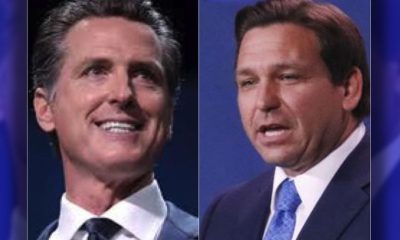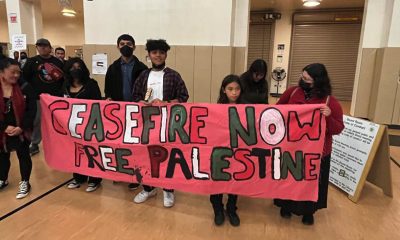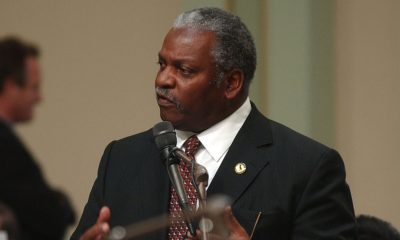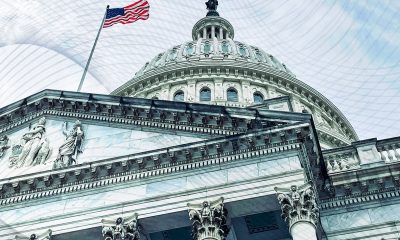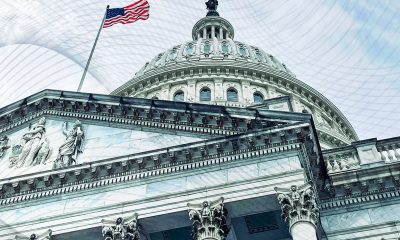COVID-19
Oakland Teachers Say School Should Reopen When Science Says It’s Safe

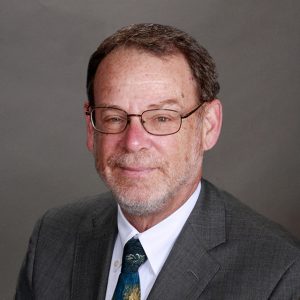
Dr. Robert Harrison, MD, MPH
There has been considerable pressure nationally and locally to reopen public schools, as many recognize that online teaching does not meet the educational needs for students who need to be working directly with teachers in classrooms.
Locally, there was a move to prepare to reopen on Jan. 25, 2021 – a date that the Oakland Unified School District (OUSD) submitted to the county as its reopening date. But that proposal was canceled as the COVID-19 tsunami spread uncontrollably across the county and the state.
“Our plan is to reopen schools in phases beginning when our county is in the Orange tier of our state’s color-coded tracking system,” said OUSD Supt. Kyla Johnson-Trammell, in a December 14 letter to the community. “Alameda County and most of California being in the most restrictive Purple tier, and the coming holidays, (makes) it is highly unlikely that we will move into the Orange tier in time for the original proposed date.”
When and how schools can be reopened comes down to what steps are necessary to protect the entire school community: teachers and other school employees, parents and students and vulnerable adults who live with students and their families.
Recently, there have been many reports that allege without much evidence that the pandemic does not have a severe impact on children and schools.
But Florida data scientist Rebekeh Jones, writing in U.S. News & World Report on December 2, said that the data shows that “in-person classes contribute to the virus’ spread.”
In what some say was an attempt to silence her, Jones was fired in May by the Florida Department of Health after she helped create the state’s COVID-19 dashboard.
Jones said she lost her job after she refused requests to manipulate data to suggest Florida was ready to ease coronavirus restrictions. A spokesperson for Florida Gov. Ron DeSantis said at the time that she “exhibited a repeated course of insubordination during her time with the department.”
On December 8, Florida state law enforcement agents raided Jones’ home with weapons drawn, carrying out a warrant as part of an investigation into an accusation that she sent an unauthorized e-mail message on a state communications system.
According to Jones, “Our database …showed there had been nearly 250,000 student and staff cases (of COVID) across the U.S. since Aug. 1…In our opinion, the data suggests schools are NOT safe and DO contribute to the spread of the virus – both within the schools and within their surrounding communities.”
Locally, teachers, members of the Oakland Education Association, say the schools will reopen when the science shows it is justified, based on what the public can learn from health experts rather than politicians and corporate communications’ departments.
On Monday, the union released on an online panel discussion on the safe reopening of schools. Besides a parent and a teacher leaders, speakers included Dr. Robert Harrison, MD, MPH, a clinical professor of medicine and associate director of the occupational environmental medical residency program at UC San Francisco Medical Center; and Theresa Pistochini, an engineer and manager at UC Davis Energy Efficiency Institute, who talked about the air quality measures needed to allow staff and students in school buildings.
In his remarks, Harrison said, “The (latest) surge is unprecedented. We are in the third wave of COVID-19… higher rates of positive cases, greater rates of hospitalization, and in the last (few) days, a record number of deaths across the country.”
To reopen the schools, he said, “We need to drive those (rates) down across California from Purple to Yellow, which is the safest tier.” These community efforts will lead to a path to “safely reopen schools,” he said.
“First and overarching is that we have to control community transmission,” Harrison said. “We have to look at schools as a workplace, but they are also a community,” he said, pointing out that the schools touch 20 million people in California, half of all the people in the state. “It’s bigger than just the teachers.”
To drive down community rates, we need to do what other countries have done, “a layered defense against the virus,” Harrison said. That means widespread testing, contact tracing, and financial support for families so they can afford to stay home if they are exposed to the virus.
Ventilation expert Pistochini talked about the need to take steps to improve indoor air quality.
“COVID-19 can be spread indoors through airborne transmission,” she said. “The virus can infect others who are more than six feet away in an enclosed space with inadequate ventilation.”
Though face coverings reduce the amount of particles that get into the air, “indoor respiratory aerosols can build and remain airborne potentially for hours,” she said.
These particles can be removed from the air, but that requires improved ventilation and filtration systems, expenses that may be difficult to handle for many school districts that are already trying to survive on austerity budgets.
Speaking at the end of the discussion, OEA President Keith Brown said, “This December we are experiencing some of the deadliest days in U.S. history, but I do feel we have a light at the end of the tunnel. But we cannot let our guard down prematurely.”
To watch the OEA-sponsored panel discussion, go to “What Does a Safe and Equitable School Re-Opening Look Like?” at /www.youtube.com/watch?v=-fKmL0tXRgs
Alameda County
After Years of Working Remotely, Oakland Requires All City Employees to Return to Office by April 7
City Administrator Jestin Johnson recently told city unions that he is ending Oakland’s telecommuting program. The new policy will require employees to come to work at least four days a week. These new regulations go into effect on Feb. 18 for non-union department heads, assistant and deputy directors, managers, and supervisors. All other employees must be back at work by April 7.
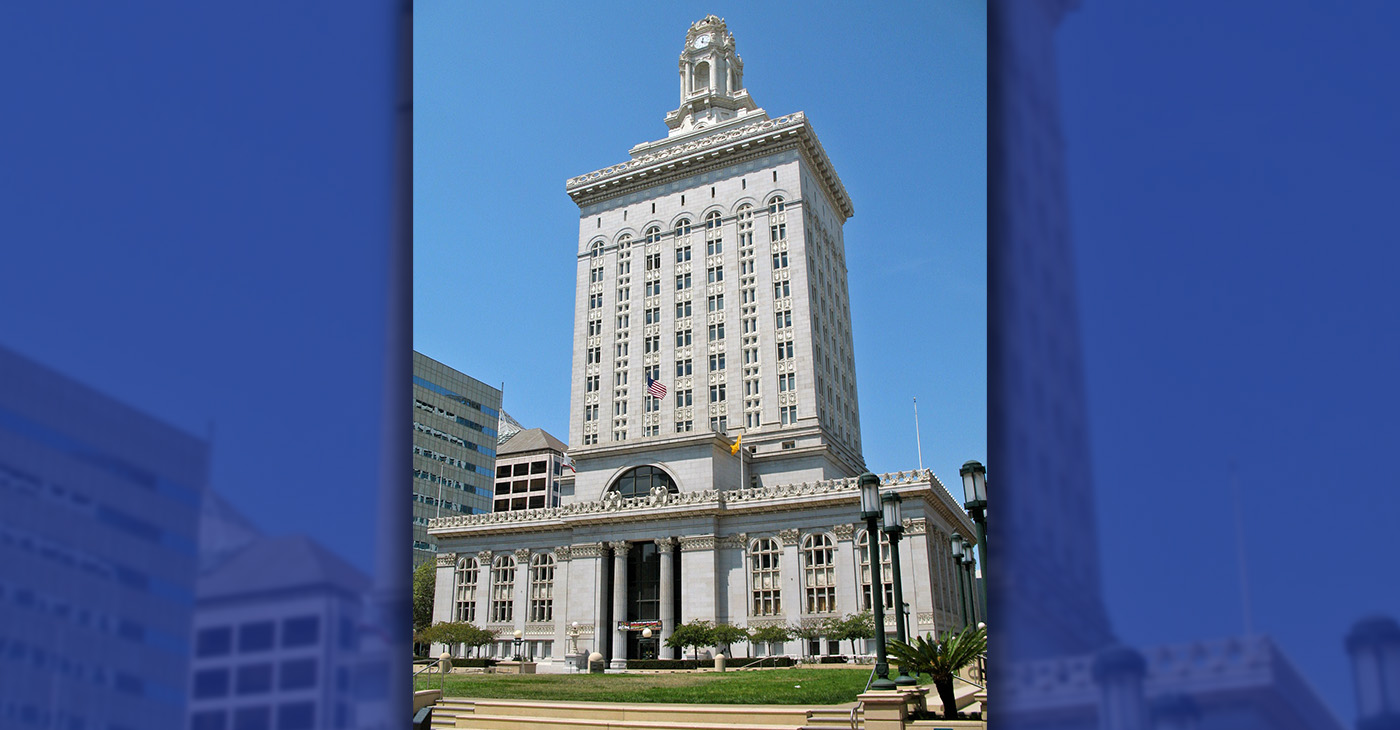
By Post Staff
The City Oakland is requiring all employees to return to the office, thereby ending the telecommuting policy established during the pandemic that has left some City Hall departments understaffed.
City Administrator Jestin Johnson recently told city unions that he is ending Oakland’s telecommuting program. The new policy will require employees to come to work at least four days a week.
These new regulations go into effect on Feb. 18 for non-union department heads, assistant and deputy directors, managers, and supervisors. All other employees must be back at work by April 7.
The administration may still grant the right to work remotely on a case-by-case basis.
In his memo to city unions, Johnson said former President Joe Biden had declared an end to the pandemic in September 2022, and that since then, “We have collectively moved into newer, safer health conditions.”
Johnson said “multiple departments” already have all their staff back in the office or workplace.
The City’s COVID-era policy, enacted in September 2021, was designed to reduce the spread of the debilitating and potentially fatal virus.
Many cities and companies across the country are now ending their pandemic-related remote work policies. Locally, mayoral candidate Loren Taylor in a press conference made the policy a central issue in his campaign for mayor.
City Hall reopened for in-person meetings two years ago, and the city’s decision to end remote work occurred before Taylor’s press conference.
At an endorsement meeting last Saturday of the John George Democratic Club, mayoral candidate Barbara Lee said she agreed that city workers should return to the job.
At the same time, she said, the city should allow employees time to readjust their lives, which were disrupted by the pandemic, and should recognize individual needs, taking care to maintain staff morale.
The John George club endorsed Lee for Mayor and Charlene Wang for City Council representative for District 2. The club also voted to take no position on the sales tax measure that will be on the April 15 ballot.
Activism
Freddie Ray Turner, 75
Fred enjoyed a 27-year career (1972-1999) with the Oakland Unified School District. Starting as a classroom teacher, he went on to serve as a vice principal, principal and retired as director of Student Services. But retirement was not in the cards for Fred. He went on to serve as the Fremont Unified School District’s director of Pupil Services for five years, retiring in 2004.

Special to The Post
Freddie Ray Turner was born in Mesa, Arizona, on July 15, 1949, the youngest of Carlanthe and Jimmie Turner’s seven children. Fred attended the Chandler public schools and graduated high school in 1966. He earned a Bachelor of Arts degree in Drama and Spanish from Arizona State University in Tempe, Arizona.
Relocated to the Bay Area, he continued his education, and earned a master’s degree in Education Administration from California State University-Hayward.
Fred enjoyed a 27-year career (1972-1999) with the Oakland Unified School District. Starting as a classroom teacher, he went on to serve as a vice principal, principal and retired as director of Student Services. But retirement was not in the cards for Fred. He went on to serve as the Fremont Unified School District’s director of Pupil Services for five years, retiring in 2004.
Throughout his life, Fred traveled the world. He didn’t just have a “travel bug,” Fred was a travel bug. He graduated from overnight stays in youth hostels in Paris, Rome, and Madrid to vacationing in much finer accommodations in Kenya, Turkey, China, Japan, Spain, Italy, Portugal, Israel, Amsterdam, and South Africa. If there was an airport, at some time in his life Fred Turner landed in it.
Fred was a devoted member of Brother-to-Brother from 2005 until his passing. He was also a life associate of the East Oakland-Hayward section of the National Council for Negro Women, an organization he strongly supported since 2013. Fred also served on the Board of Directors for the Leadership Institute at Allen Temple Baptist Church.
An avid reader, Fred’s response to the lockdown caused by the 2020 COVID pandemic was to organize “Plot Chasers,” a close group of friends who meet weekly to read and discuss short stories.
Fred passed away on Dec. 15, 2024, following a brief hospitalization. He was predeceased by his parents, his sister, Madelyn, and brothers Robert Lee and Franklin Eugene.
He leaves to mourn his surviving siblings Artie Mae Clark, Dorothy Rome, and Jimmie Richard Turner; first cousin, Catherine Markham; a host of nieces and nephews, great- nieces and nephews, and very close friends.
A Celebration of Life Service will be held at 12:30 p.m. on Saturday, Feb. 8, at Allen Temple Family Life Center, 8501 International Blvd., in Oakland, CA.
In lieu of flowers, the family is asking that friends honor Fred’s memory with a donation in Fred’s name to the National Alzheimer’s & Related Disorders Association, or to the East Bay AIDs Advocacy Foundation.
Bay Area
Authorities Warn: There’s a COVID Surge in California
According to data estimates by the Centers for Disease Control and Prevention (CDC), the coronavirus in California’s wastewater has spiked for eight consecutive weeks. Hospitalizations and emergency room visits have also increased since the rise of the new subvariants. Over the last month, Los Angeles County experienced an average of 389 hospital patients per day that tested positive for the coronavirus. The FLiRT subvariants such as KP.3.1.1. Made up over 2% of coronavirus samples nationwide, an increase of more than 7% last month.
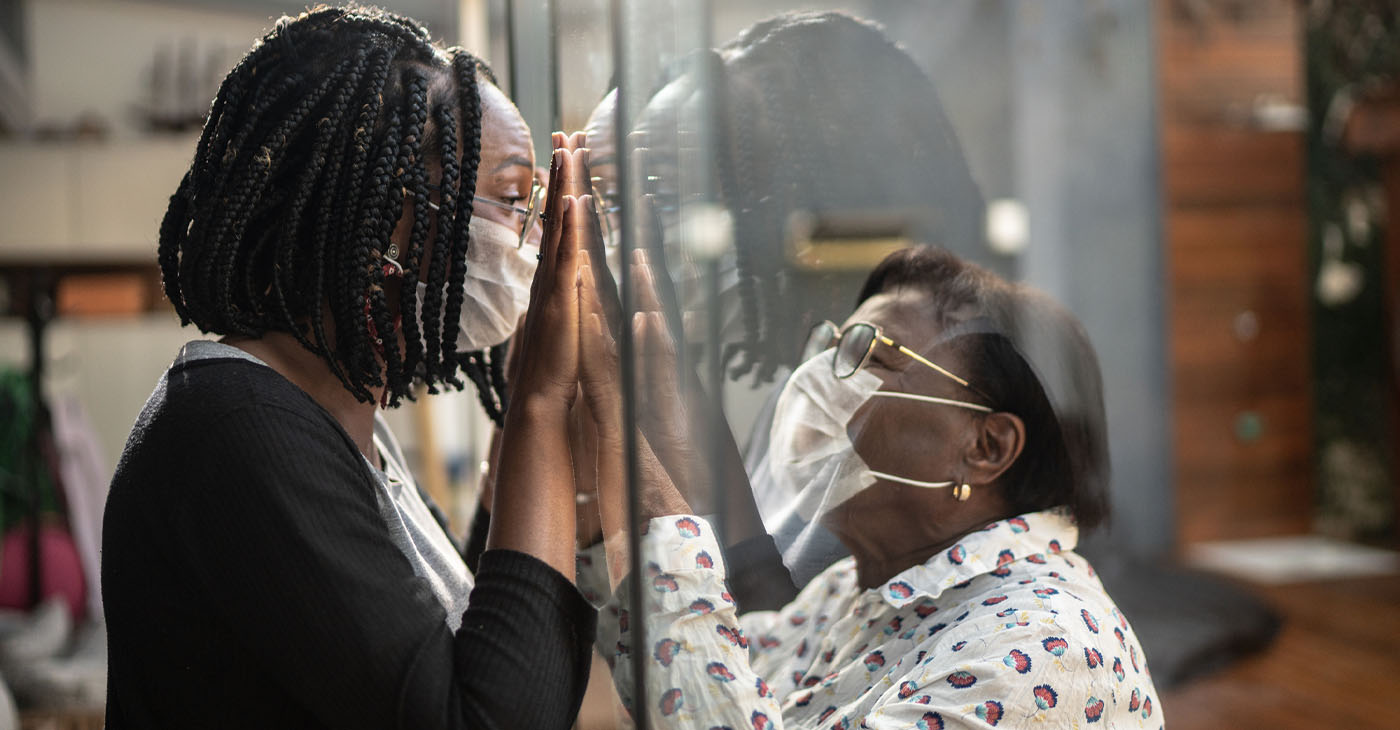
By Bo Tefu, California Black Media
California is experiencing a COVID-19 surge this summer, experts warn, as numbers of infections increased for the third month this year.
State public health authorities attribute the summer COVID surge to more infectious subvariants that have emerged as the coronavirus evolves.
Dr. Elizabeth Hudson, regional chief of infectious disease at Kaiser Permanente Southern California, stated that subvariants of COVID-19 called FLiRT increased in recent months, particularly one named KP.3.1.1 that has become the most common strain in the country.
Dr. Peter Chin-Hong, an infectious diseases expert at UC San Francisco, said that the subvariant KP.3.1.1 seems most adept at transmission.
“The subvariant is the one that people think will continue to take over, not only in the United States, but … around the world,” Chin-Hong said.
According to data estimates by the Centers for Disease Control and Prevention (CDC), the coronavirus in California’s wastewater has spiked for eight consecutive weeks. Hospitalizations and emergency room visits have also increased since the rise of the new subvariants. Over the last month, Los Angeles County experienced an average of 389 hospital patients per day that tested positive for the coronavirus. The FLiRT subvariants such as KP.3.1.1. Made up over 2% of coronavirus samples nationwide, an increase of more than 7% last month.
The majority of the people who tested positive for COVID-19 complained of a sore throat and a heavy cough. Risk factors that can increase the illness include age, underlying health issues, and vaccine dosage.
Health experts stated that the demand for the COVID-19 vaccine has increased in Northern California. However, people are having a hard time getting the vaccine due to the increasing number of cases.
-

 Activism3 weeks ago
Activism3 weeks agoWe Fought on Opposite Sides of the Sheng Thao Recall. Here’s Why We’re Uniting Behind Barbara Lee for Oakland Mayor
-

 Activism4 weeks ago
Activism4 weeks agoSan Francisco Is Investing Millions to Address Food Insecurity. Is Oakland Doing the Same?
-

 #NNPA BlackPress4 weeks ago
#NNPA BlackPress4 weeks agoRev. Dr. Jamal Bryant’s Black Church Target Boycott Mobilizes 150,000
-
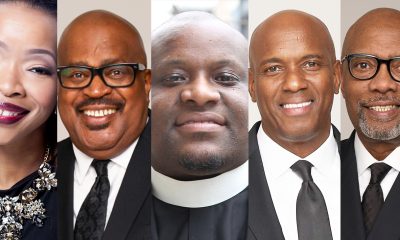
 Activism3 weeks ago
Activism3 weeks agoFaith Leaders Back Barbara Lee for Mayor, Criticize Candidate Loren Taylor for Dishonest Campaigning
-

 Activism4 weeks ago
Activism4 weeks agoOakland Post: Week of March 12 – 18, 2025
-

 Activism3 weeks ago
Activism3 weeks agoOakland’s Most Vulnerable Neighborhoods Are Struggling to Eat and Stay Healthy
-

 #NNPA BlackPress4 weeks ago
#NNPA BlackPress4 weeks agoRecently Approved Budget Plan Favors Wealthy, Slashes Aid to Low-Income Americans
-

 Activism3 weeks ago
Activism3 weeks agoGroup Takes First Steps to Recall District Attorney Diana Becton


